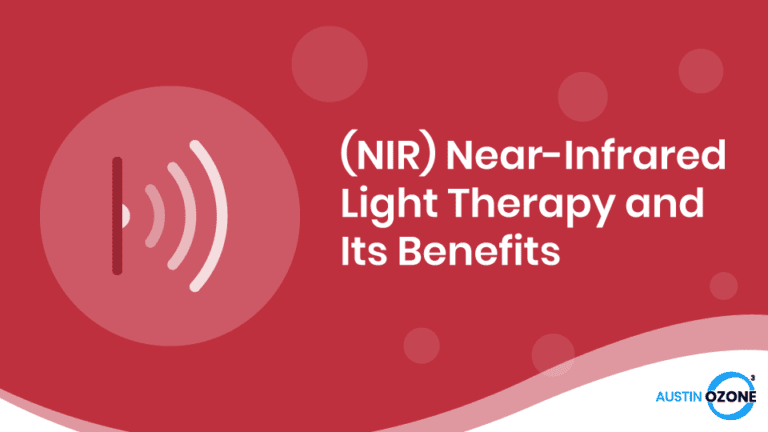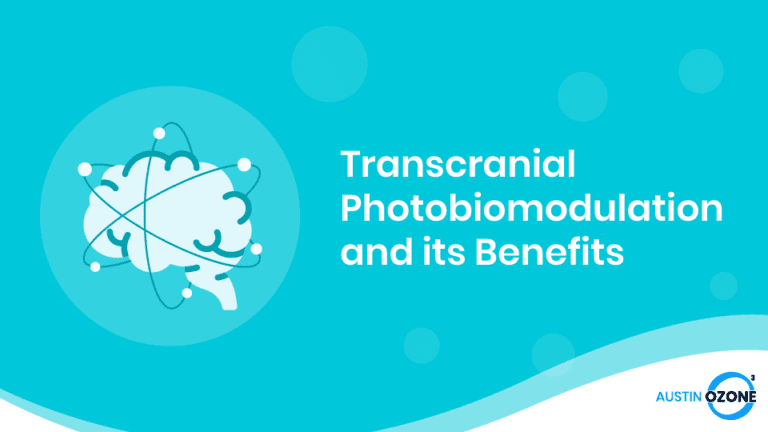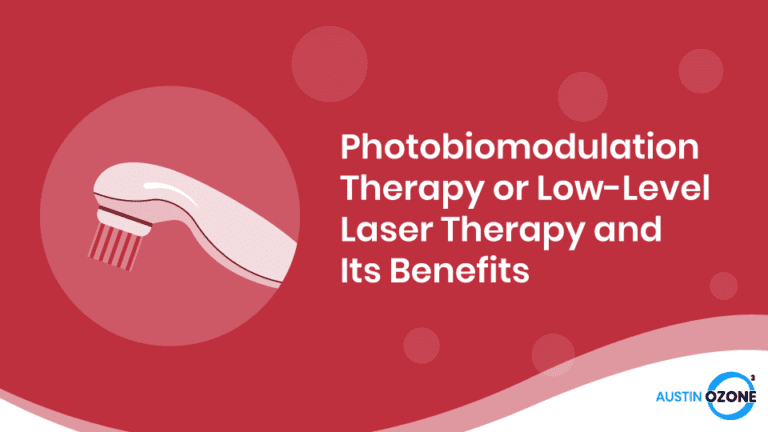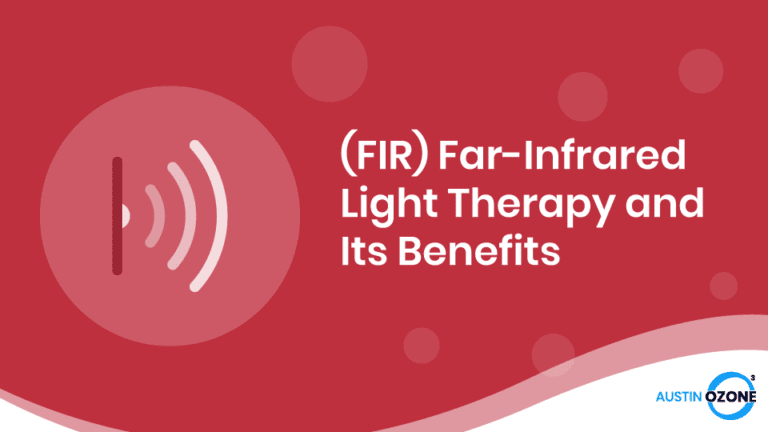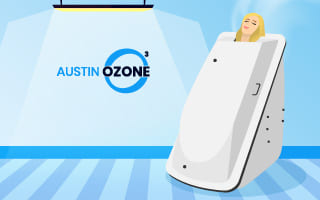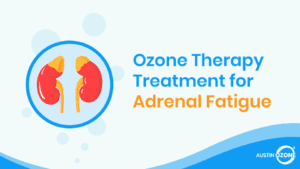Near Infrared Light Therapy is vital for our health. Our bodies need light, whether natural or artificial, to stay healthy. For thousands of years, light therapy has been part of our wellness practice.
The ancient Greeks, Egyptians, Incas, and Romans used sunlight to treat different diseases4. In 1888, Niels Finsen studied the healing effects of light, specifically on the Niemann-Pick disease, which won him the Nobel Prize in Medicine in 1903.
Today, saunas use light therapy where different frequencies of light improve our overall health and treat abnormalities in our physiological processes7. Saunas’ heat systems are powered by various light ranges and frequencies, determining their therapeutic effect on the body.
There are three types of light therapy available for medical purposes – the (NIR) near infrared light, mid-infrared (MIR) light and far-infrared (FIR) light.
There are three types of light therapy available for medical purposes – the near-infrared (NIR) light, mid-infrared (MIR) light and far-infrared (FIR) light. Among the three, near-infrared light, ranging from 700 to 1400 nm, generates high heat that does not penetrate the body’s tissues. Within this range, infrared light can signal the mitochondria to function by increasing the body’s metabolism, speeding up the regeneration of damaged tissues, and reducing inflammation4.
Near-infrared light therapy is becoming trendy because of its safety and benefits. NIR light therapy systems are commonly used for skin rejuvenation, body temperature elevation, and blood circulation improvement.
Introduction Video About Light Therapy
Near Infrared Light vs. Red Light
There are different spectrums of light, each one sending different messages to the body. The proper wavelength or spectrum of light (red light, mid-600 and near infrared, mid-800s) ensures that you achieve the light therapy’s benefits. Forms of bioactive light that are proven to benefit our health include blue light, ultraviolet light (UV), far infrared light, red light, and near infrared light.
Red and near infrared light are what we usually get on some types of saunas or light bulbs. These bioactive lights are confined within the spectrum of natural sunlight where almost half the sun’s total energy is emitted. They have a unique capacity to stimulate cellular energy production
Near Infrared Light and Red Light Fall on Different Light Spectrums
Red light therapy and near infrared light therapy are often confused with one another, but they fall into different light spectrums. Red light is within the visible part of the light spectrum (630 to 700 nm) and is effective in treating the skin’s surface7.
On the other hand, near infrared light is within the invisible part of the spectrum, with a range between 700 and 1200 nm. It can penetrate dense connective tissues like the ligaments and cartilages and through the bone.
The deeper and longer the wavelengths4, the better they can penetrate the skin deeply and deliver energy to the cells that help in healing and relieving pain.
Near Infrared Light and Red Light Penetrates the Skin at Different Depths
Red Light Therapy’s procedure is kind of straightforward and involves the body’s exposure to red light at a low wavelength. Therefore, it is also called Low-level laser light therapy.
Near infrared light penetrates the skin deeply, and the cells absorb and use it. Once the light is absorbed, the mitochondria of the skin will help the cells produce adenosine triphosphate (ATP), which is the cells’ source of energy. This extra energy from the light helps the cells perform better to rejuvenate themselves.
Near Infrared Light and Red Light Deliver Light Energy in Different Ways
Although both Red Light Therapy and NIR’s procedures involve the penetration of light into the skin, the mode of delivery within the cells and tissues can be considered another key difference between red light and near infrared light therapy.
One method used to stimulate near infrared light in a person’s cells and tissues is through the optimal NIR technology that uses LED (light-emitting diode). As cells and tissues absorb light at different wavelengths, NIR technology can accurately deliver light to specific body tissues.
Unlike red light halogen or laser, LED disperses over a larger surface area and its light energy is delivered in a different way, particularly through optical power output (OPD)6. Thus, the OPD of LED is gauged in milliwatts while laser and halogen are measured in watts. This allows the LED to deliver the light more smoothly, avoiding any damage to the tissues and cells6.
Schedule a Near Infrared Red Light Therapy Session Today!
Benefits of Near Infrared Light Therapy
We, as humans, are biologically wired to consume near infrared energy7, as it can repair cellular damage and correct hormonal imbalances.
Near infrared light therapy causes an increase in cell metabolism and protein synthesis, which includes collagen and antioxidant activity. The process also decreases inflammation and pain while continuously stimulating the cells’ growth and regeneration.
With the help of near infrared light therapy, oxygen-rich blood can circulate effectively and can perform well in regulating the pain and inflammation in various parts of the body. Near infrared light has the ability to penetrate the skin in much more deeply to provide effective pain relief.
Different types of illnesses can benefit from near infrared light therapy. These include dementia, hair loss, osteoarthritis, tendinitis, dental pain, and wrinkles, plus other aging skin problems.
With the help of this therapy, oxygen-rich blood can circulate effectively and can perform well in regulating the pain and inflammation in various parts of the body. Near infrared light has the ability to penetrate the skin in much more deeply to provide effective pain relief.
The near- infrared lights found in saunas provide many health benefits such as detoxification, topical relief for skin issues and mild body pain1. It also increases the body’s temperature, allowing the body to burn calories, thus, leading to weight loss.
Reduces Wrinkles and Skin Roughness
Based on Wunsch and Matuschka’s study8, near Infrared light therapy can reduce wrinkles, facial lines and skin roughness. It also improves skin tone by supplying polychromatic, non-thermal photobiomodulation (PBM), which is responsible for improving the skin’s sensation and overall appearance.
Heals Deep Wounds
NIR light activates color-sensitive chemicals in our body’s tissues that stimulate the process in the mitochondria. This causes the tissues and deep wounds to heal rapidly5.
Produces Energy
In our everyday routine, we are highly exposed to different types of artificial light — from the use of smartphones, laptops, TVs, or even the light in the grocery store or at the workplace. These fake lights emit huge amounts of blue light that harms our body. The role of natural light — such as near infrared light — in the body counteracts the harmful effects of huge amounts of blue light and stimulates the body’s mitochondria.
Once the mitochondria are stimulated, it can produce Adenosine triphosphate3, which helps cells gain more energy. Without ATP, the cells may act poorly in rejuvenating itself.
Three photoacceptor molecules in human tissues are susceptible to absorbing NIR light’s wavelength: hemoglobin, myoglobin, and cytochrome c oxidase. The third is the one connected to energy production. NIR light helps generate cellular energy metabolism8 and energy production.
Helps with Chronic Pain
Both red light and near infrared light therapy can help manage chronic neck pain, fibromyalgia, knee pain, and other types of body pain6.
Treats Neurological Conditions
In Henderson’s study2 of how a multi-watt NIR light therapy can be used to treat traumatic brain injury, it was shown that red/near infrared light is beneficial in treating neurological conditions with the use of the multi-watt NIR laser therapy.
This multi-watt modality creates enough energy that is delivered to the skin where it yields positive effects on the injured area of the brain.
Other Benefits
Near Infrared light therapy also benefits people who are exhausted and who suffer from muscle soreness due to long hours of training or work.
The frequencies of NIR light can heal the body tissue more rapidly, as it emits a continuous burst that tranquilizes the cell and alleviates the pain8. As the light passes through the cell, it stimulates it to start to release more proteins, making the cell heal faster.
NIR therapy also balances thyroid production and stimulates a healthy circadian rhythm as it generates melatonin. It can activate anti-inflammatory processes2 and is widely used in treating sprains, bone fractures, and brain injury from stroke or trauma.
Likewise, a study by Hipskind and colleagues5 established that red and near infrared light therapy can improve cerebral blood flow and the overall cognitive function among patients who underwent chronic traumatic brain injuries.
Safe Form of Treatment
With the birth of advanced technology and the availability of Infrared Light lamps, Near Infrared light therapy can conveniently be used at home.
Infrared saunas are safe and effective. Exposure to infrared heat will not burn the skin unlike exposure to UV rays from the sun or a tanning bed. In fact, hospitals use infrared heat lamps in warming newborn babies.
However, if you want to try using an infrared sauna, you should consider getting a medical clearance to ensure that you do not have any pre-existing conditions1 that may have adverse reactions to the light.
Conclusion
Both near infrared and red light therapy have many health benefits. They help our body recover from stress, fatigue and damage, as they stimulate the cells to heal faster. In the process, they also have anti-inflammatory effects, as they alleviate the pain of people who suffer from serious illness and muscle damage.
Just like infrared light therapy, NIR light therapy can also reverse the signs of skin aging by increasing collagen and elastin production. Its use in treating neurological conditions and improving the brain’s health is also being explored.
With developments in technology, NIR light therapy is becoming more and more accessible to the public. Its proven beneficial effects and efficacy are the reasons people are starting to try it. The therapy is also more affordable now, making it a viable alternative medical treatment for many diseases.
Schedule an Appointment Today
References
- Clear Infrared Saunas. (2016). Knowing your sauna: Near infrared vs. far infrared heat. Retrieved from https://infraredsauna.com/blog/near-infrared-vs-far-infrared-heat/
- Henderson, T. A. (2016). Multi-watt near-infrared light therapy as a neuroregenerative treatment for traumatic brain injury. Neutral Regeneration Research, 11(4), 563-565. doi: 10.4103/1673-5374.180737
- Hipskind, G. S., Grover, F. L., Fort, R., Helffenstein, D., Burke, T. J., Quint, S. A., Bussiere, G., Stone, M., & Hurtado, T. (2018). Pulsed transcranial red/near-infrared light therapy using light-emitting diodes improves cerebral blood flow and cognitive function in veterans with chronic traumatic brain injury: A case series. Photomedicine and Laser Surgery. https://doi.org/10.1089/pho.2018.4489
- Infrared Saunas Benefits. (n.d.). The difference between light therapy and near infrared therapy. Retrieved from https://www.sunlighten.com/blog/difference-light-therapy-near-infrared-therapy/
- Kleven, A. (n.d.). Red light and near infrared light therapy. Retrieved from https://www.ddcenters.com/red-and-near-infrared-light-therapy/
- Motes, D. (2020). The benefits of near-infrared therapy. Retrieved from https://www.therabulb.com/blogs/test/the-benefits-of-infrared-light-therapy
- Platinum Therapy Lights. (2020). The benefits of near-infrared therapy. Retrieved from https://platinumtherapylights.com/blogs/news/near-infrared-light-therapy
- Wunsch, A. and Matuschka, K. (2015). A controlled trial to determine the efficacy of red and near-infrared light treatment in patient satisfaction, reduction of fine lines, wrinkles, skin roughness, and intradermal collagen density increase. Photomed Laser Surgery, 32(2), 93-100. doi: 10.1089/pho.2013.3616
